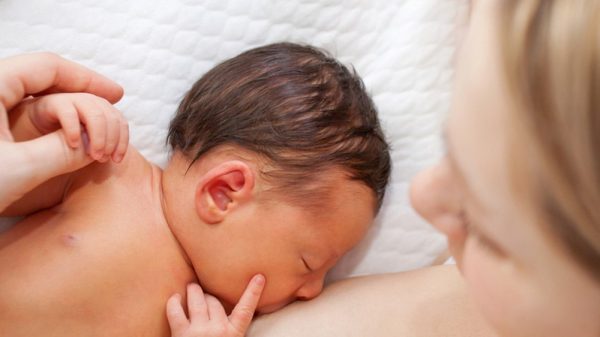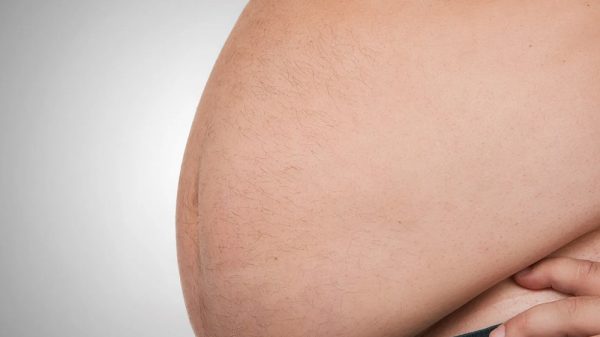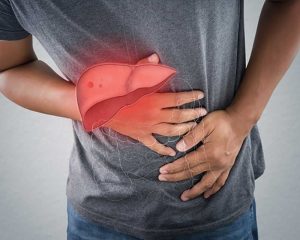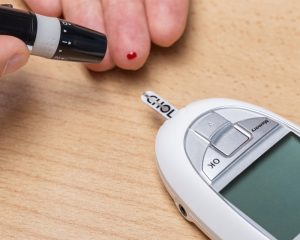When you hear about newborn jaundice, it is a health condition that involves newborns in which their eyes and skin take on a yellow coloring. This condition occurs frequently and usually happens when the level of the baby’s bilirubin is high. Bilirubin is one yellow pigment that is gotten when red blood cells are broken down. The livers of adults and older babies processes bilirubin then it is passed through the intestine. A newborn baby has an underdeveloped liver which may not carry out these activities properly. The steps on how to prevent jaundice in newborns are not a hundred percent successful.
Jaundice In Newborn
There is good news and that is, newborn jaundice usually disappears by itself as the baby’s liver fully develops. Also, the start of feeding helps in jaundice disappearance as the food helps in bilirubin’s passage through the body. In the majority of the cases, it takes only about two to three weeks for jaundice to disappear. If the symptoms persist for over three weeks then that may be the signal of an underlying health condition. Additionally, high bilirubin levels may make the baby susceptible to cerebral palsy, deafness, and brain damage. The Academy for America Pediatrics suggests that before newborn babies are discharged they should be tested for jaundice. The test or examination should also be repeated at age three to five days old.
What Causes Jaundice In Newborn?
Babies that have the highest risk of being affected with newborn jaundice include:
- Premature babies (less than thirty-seven weeks’ gestation)
- Babies that have an insufficient formula or breast milk whether because their mother’s breast milk has not yet arrived or they have difficulty in feeding
- Babies with incompatible blood type to their mothers.
When a baby’s blood type has no compatibility with that of the mother the baby’s immune system can produce antibodies that will destroy the RBCs resulting in a spike of the bilirubin levels.
Newborn jaundice can also be caused by:
- Liver problems
- Deficiency of an enzyme
- An infection
- Internal bleeding or bruising during birth
- An irregularity in the baby’s RBC
Newborn Jaundice Symptoms
If a newborn has jaundice the first sign would be yellowing of the eyes and skin. This yellowing may start within two to four days post-birth. It may spread from the face to other parts of the body.
Bilirubin levels usually reach their peak between three to seven days post-birth. Another sign is if after lightly pressing a finger on the baby’s skin and that area takes on a yellow color.
When To See A Doctor
Most jaundice cases are normal, but sometimes they may indicate underlying health issues. Severe jaundice increases the chances of bilirubin entering the brain. That can lead to permanent damage to the brain.
If you notice any of the following signs or symptoms, please contact your pediatrician or doctor:
- The spread of jaundice or its intensity increases
- A fever of over 100F
- Yellowing of eyes and skin
- Poor feeding habits of the baby
- The indifferent or dull appearance of the baby and also loud cries
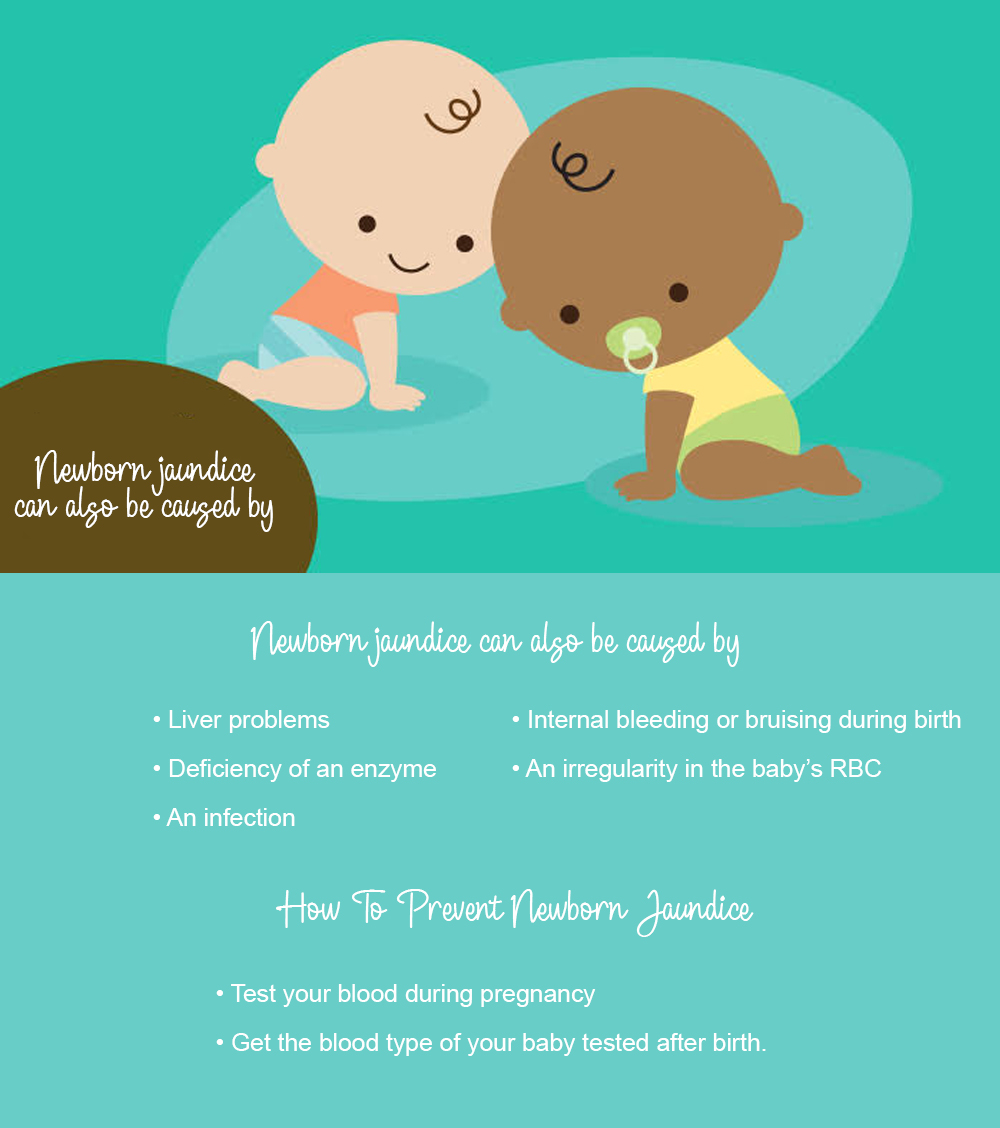
How To Prevent Jaundice In Newborn
There is no exact way of preventing jaundice in your newborn, but here are some steps you can take as a preventive measure:
- Test your blood during pregnancy
- Get the blood type of your baby tested after birth. That may be necessary to rule out the possibilities of having incompatible blood type that is a potential cause of jaundice.
If the baby does is found to have jaundice here are some ways by which you can prevent it from getting more serious:
- Ensure that your baby has sufficient nutrition via breast milk
- Feed your baby eight to twelve times daily for the first few days to avoid your baby getting dehydrated which assists the quick passage of bilirubin through the body.
- If you are using the formula for your baby give two ounces of formula every two to three hours during the first seven days. Smaller or preterm babies may be given a smaller amount since they will also be feeding on breast milk.
- If you are bothered about your baby taking too much or too little formula, or that they do not wake up to eat, discuss your concerns with your doctor.
You have to monitor your baby closely during the first few days after birth for any jaundice symptoms like eyes and skin yellowing. If you think what you are observing portrays jaundice symptoms inform your doctor immediately.
Diagnosis of Newborn Jaundice
Most newborns and mothers are discharged within seventy-two hours post-delivery. Parents should bring in their baby for a routine checkup a few days post-birth because the amount of bilirubin reaches its peak between three to seven days post-birth.
The appearance of a distinct yellow color confirms the presence of jaundice, but more tests are required to determine how severe jaundice may be. Those babies whose jaundice is noticed within the first twenty-four hours of their life must have their bilirubin amount measured immediately. This measurement can be through a blood test or a skin test.
If the doctor suspects an underlying health issue more tests may also be required. These tests may include Rhesus factor and blood type compatibility, complete blood count. To check for RBC breakdown the doctor may also request Coomb’s test
Knowing how to prevent jaundice in newborns is hood information but since little to nothing can be successfully done in that area you should ensure that your newborn is well examined before leaving the hospital or during your comeback followup.
